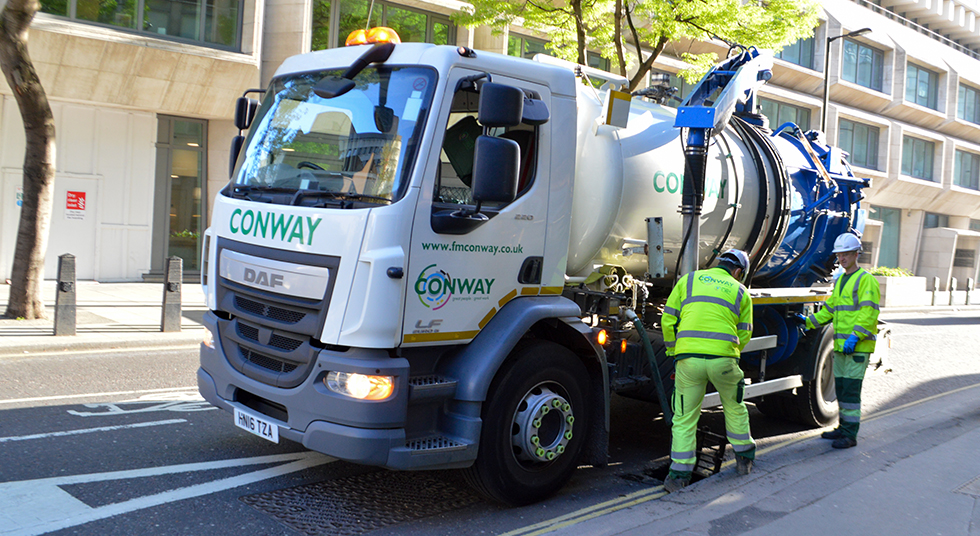Outcomes
Since summer 2017 FM Conway has surveyed 1,269 gullies using push-rod cameras. The footage reveals if there are any issues occurring within the current or future state of the gully. If a pipe is damaged, FM Conway’s lining team pump in a liner and resin, which solidifies to create a new lining that will last for up to 25 years. The company has also identified 585 Victorian ‘trapped’ or swan-neck gullies, the design of which makes them hard to access and clean using high-pressure jetting.
The surveying programme includes monitoring flooding hotspots – for example, geographical low points and areas which silt up regularly and cannot easily deal with heavy rainfall. With climate change increasing the frequency of heavy storms, these hotspots could potentially cause major disruption for the borough. FM Conway is identifying at-risk areas so that when heavy rainfall is forecast, teams can be mobilised to clear any build-ups, making sure they operate at full capacity to minimise the chance of floods.
.jpg)
